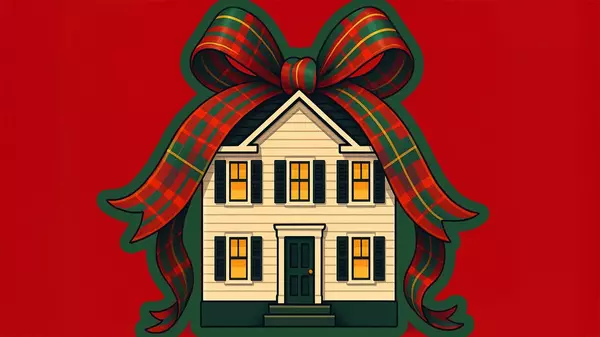Unexpected Cold Snap: Millions of Homeowners To See Freeze Warnings Weeks Ahead of Schedule

Fall may be officially over for parts of the Midwest, as temperatures plummeted Thursday, with some places experiencing a hard freeze well before it was expected.
According to the NWS, a freeze warning went into effect from midnight to 2 a.m. Thursday in parts of Iowa, Illinois, and Nebraska. The deep chill will carry into the weekend, with places like Chicago and the surrounding suburbs bracing for temperature readings in the 20s overnight Thursday into Friday morning, according to local outlets.
But that’s just the beginning. Cold weather advisories are also in effect from northern Kansas to parts of North Carolina, Virginia, and Maryland, according to the NWS. In fact, parts of North Carolina, western Virginia, and West Virginia could experience temperatures as low as 25 degrees.
While a warmup to normal, seasonal temperatures is assumed to follow after the weekend, those living in these areas will need to take some precautions before the temperatures drop overnight—especially if they want to wake up to working plumbing the next morning!
The risks to your plumbing
In their advisory, the NWS asked residents in affected areas to be mindful of two aspects of their home: plant life and plumbing.
“Frost and freeze conditions could kill crops, other sensitive vegetation and possibly damage unprotected outdoor plumbing,” the website said.
The latter is something experts warn homeowners about almost as soon as they step into their new place.
If the pipes outside your home, or inside for that matter, aren’t properly insulated when temperatures drop below freezing, you can expect a nasty surprise the next time you turn on the tap.
Namely, a burst pipe that will cost you a world of headache, and even more money.
Fortunately, there are some easy ways to ensure to avoid wintertime plumbing disaster as Doyle James, president of Mr. Rooter Plumbing told Realtor.com®.
“Allow a small trickle of cold water to run from your faucet, and open under-sink cabinet doors to keep warm room air circulating around pipes,” he says.
“Take the time before the first freeze of the season to drain out the sprinkler system. Disconnect, drain, and store all hoses, and ensure that the faucets outside of your home are not leaking. When an outside faucet drips during freezing temperatures, the water can turn to ice, which may cause the pipe to expand and break.”
Other ways to protect your home in freezing temperatures
One of the most commonly overlooked improvement projects that could save you money and protect your home during the winter is weatherproofing your windows.
“Most windows develop an air gap over time, which can cause as much as 40% energy loss for heating and cooling,” says Cristina Miguelez, a remodeling specialist with Fixr. “Caulking that gap can make a big difference in your heating bills and comfort level.”
You can get your windows winter-ready by first removing any old caulking. Then head to a store like Home Depot to buy a caulk gun and a few pairs of latex gloves. (Miguelez recommends using your gloved fingertips to smooth out the caulking after application.)
Other important steps to take to prepare your home for the colder months include covering your water heater, cleaning and replacing furnace filters, and having your fireplace inspected.
Categories
Recent Posts











"My job is to find and attract mastery-based agents to the office, protect the culture, and make sure everyone is happy! "
